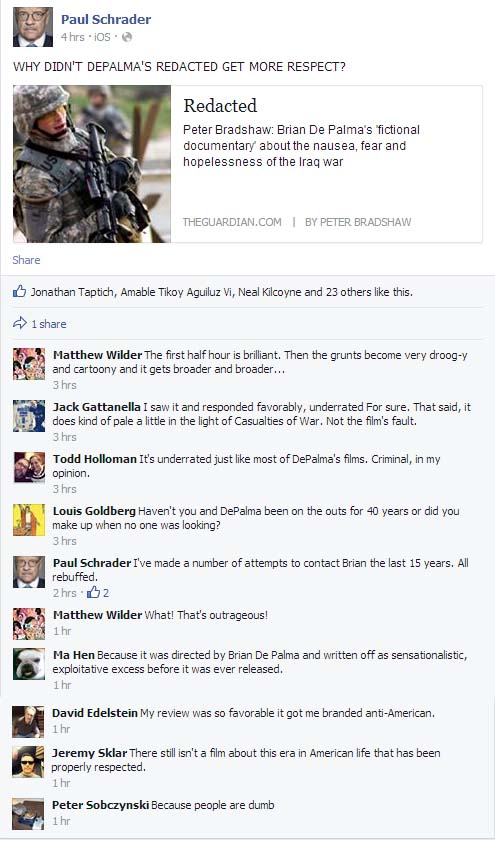"THE SPECTATOR IN SEARCH OF THE KEY IMAGE" - 'BLAST' WRITER ON REDACTED
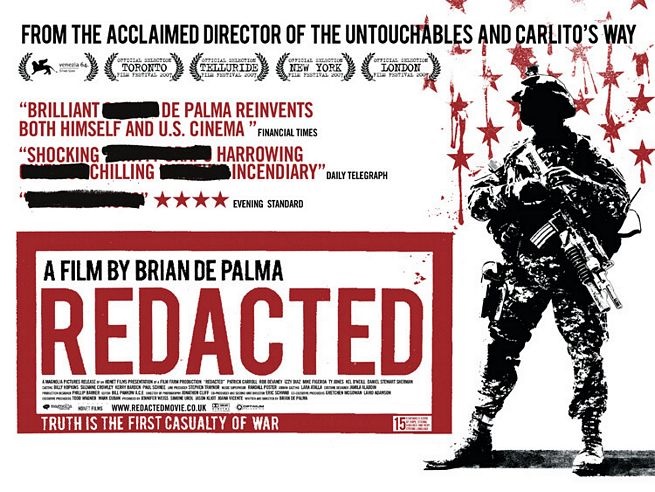
At the French news media site Blast, Marc-Gil Depotisse writes insightfully about Brian De Palma's Redacted. Here's an excerpt, with the help of Google Translate:
Individuals thrown into an environment about which they understand nothing.Brian De Palma offers in Redacted a summary of the iconographic breakdown of reality in times of war which could apply to all modern conflicts. Far from being one-sided (or rather a single view), his film also gives space to the point of view of the soldiers confronted in particular with the danger of IEDs (improvised explosive devices) hidden almost everywhere, a logical counterpoint to the “prepared” explosive devices Americans. Soldiers also faced with absurd orders and missions. For De Palma, it is not a question of making an antimilitarist film, with a monolithic moral message, but of embedding the spectator, of offering him an active process allowing a global understanding of what a war is and of what it inevitably leads to: savagery, destruction and death.
The spectator in search of the key image
In Redacted, the spectator plays the role assigned to the heroes of Snake Eyes and Mission: Impossible. Two earlier films by De Palma in which the main character is subjected to a flood of images which drowns his understanding of reality, until he discovers the missing image, the one which gives him back the power to give form and meaning to a hitherto captivating story. In Mission: Impossible (1996), the character of Ethan Hawke (played by Tom Cruise), a spy wrongly accused of the murder of his boss (Jon Voight), eliminated possible explanations one by one to ultimately succeed in mentally reconstituting this image -missing key: Jon Voight piercing a fake blood bag before putting his bloody hands in front of the camera to make the viewer/Hawke believe he is being murdered by a third party. In Snake Eyes (1998), Nicolas Cage came across, despite all his desire not to see, the recording of a video surveillance camera (already) which revealed the duplicity of his admired childhood friend, army hero soaked up to the neck in a murderous plot for the benefit of the military-industrial complex.
This missing image also exists in Redacted, it is that of the result of the acts committed by the criminal soldiers: the burned corpse of the raped young woman. This true image, in the sense that it illuminates the story of the war and gives it its ultimate meaning, will only appear at the very end of the film (it is the last shot before the credits) at the end of a sequence of photos of American abuses and the suffering endured by the populations. Some photos are real (i.e. taken by real photojournalists), some are taken from the film, and they follow one another on the screen to the tune of “E lucean le stelle”, a heartbreaking aria taken from Tosca by Puccini. A sequence which combines all the marvelous artifices offered by cinema to culminate in this key image which is both openly artificial (it resembles a Goya painting) and perfectly true to the American invasion: that of death and a incredible violence inflicted on innocent individuals.
This missing key image is in fact the hidden reverse shot of reality as told by all the images available today and presented as conforming to reality, while they hide and replace it. This is the case with CCTV camera images which say nothing other than what the gaze which takes hold of them and gives it meaning says. This is also true for the journalistic narrative, “embedded” or not, of the war as of many other events covered by media attention. The polysemy of “cover” takes on its full meaning here: we cover up a crime to hide it, we take cover to escape prying eyes…
Artifice (and art) versus simulacrum
On the media side: snippets of stories told from a single point of view, on selected and edited images, on a “reviewed and corrected” text, but presented to the viewer as a fair and unfabricated reflection of reality. On the cinematographic side: a polyphonic and chaotic story which assumes and displays from the start its status as a re-creation of reality from images clearly announced as artificial. Artifice versus simulacrum. For Baudrillard, the simulacrum today is not a simple copy or imitation of reality, but it replaces it (Simulacres and simulations 1981). Images are no longer copies of an original reality, but themselves constitute reality. De Palma resolutely situates his film in fiction, in the imitation and copy of an original reality whose existence he radically posits by copying it.
Redacted confronts us with our own complacency vis-à-vis these simulacra that we gluttonously consume on a daily basis, without them having any consequences since they no longer refer to any reality, just as the child adheres to the stories that we tell him says before falling asleep better.
By highlighting the tragic consequences of this complacency, De Palma challenges us to question our perceptions and actively seek the truth amid and beyond the images we see, often without looking at them. This requires constant vigilance and condemns informational laziness as much as ignorance of History, like that which we can see spread over the air on news channels about Gaza or Ukraine (for only take these current conflicts). For De Palma, reality is not dead under the load of images. Neither is the truth. The true image is there, “the correct image rather than just an image” (2) exists somewhere, and it is important to find it beyond the simulacra which abound, pollute and devour our perception of reality.

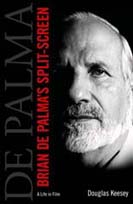
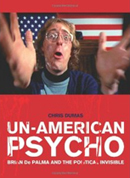

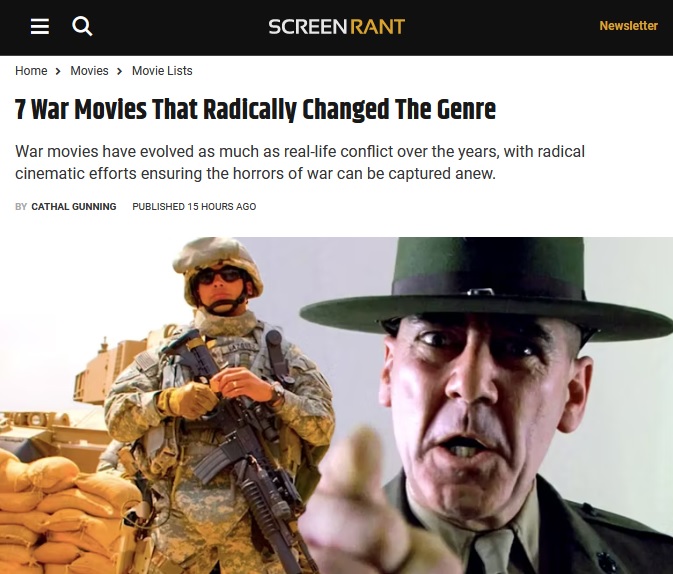
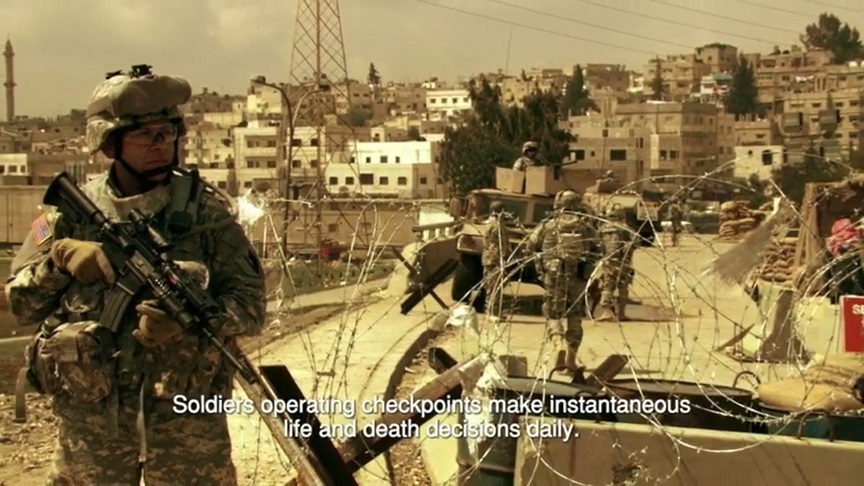
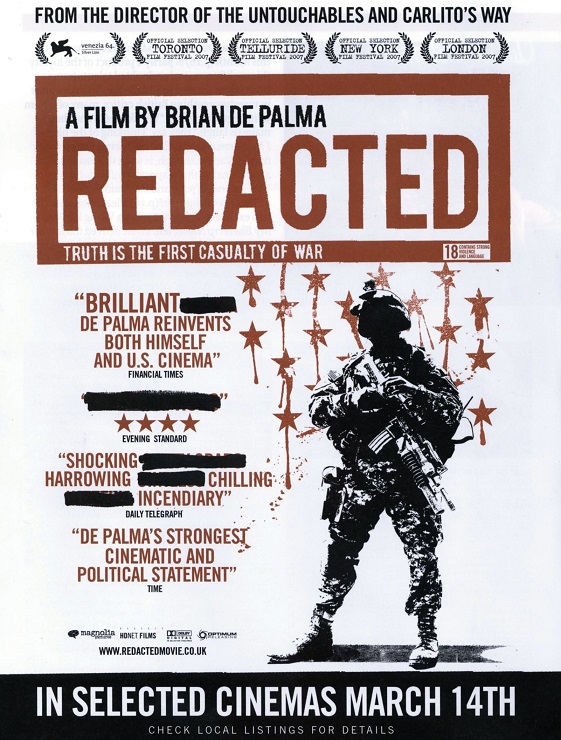

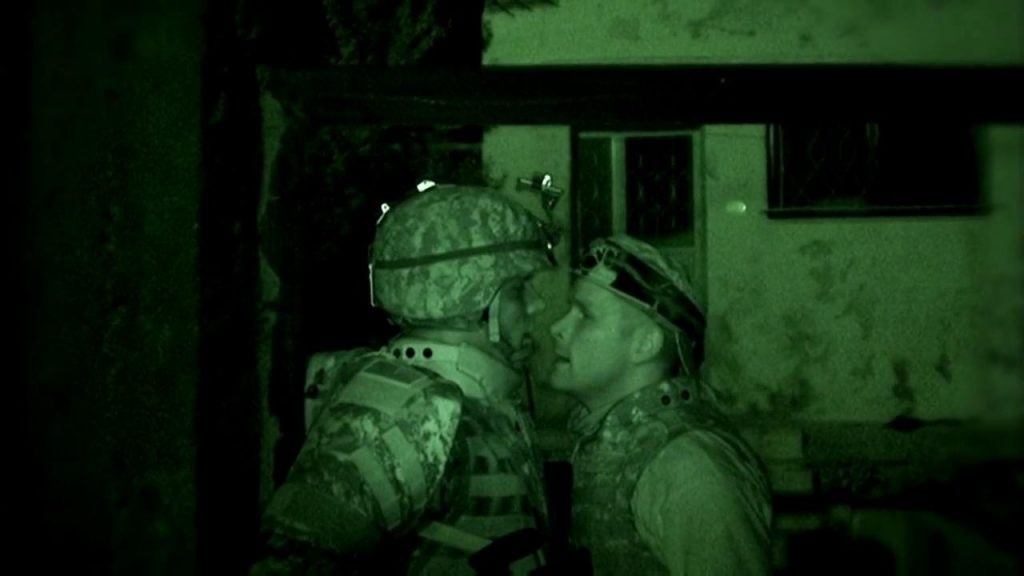
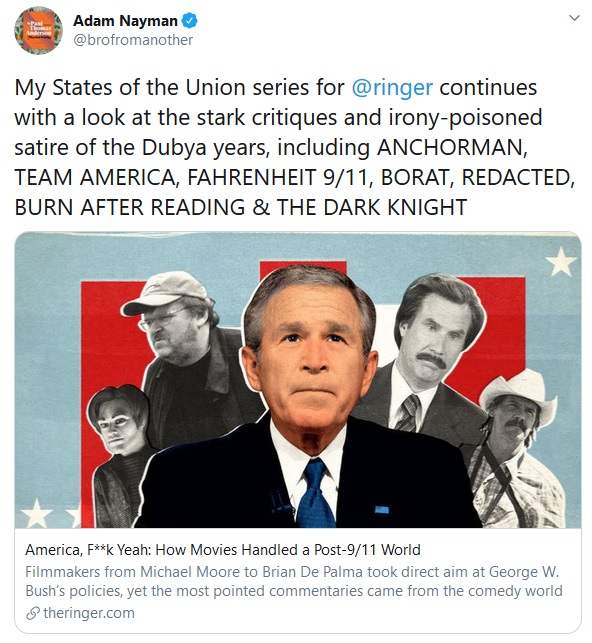

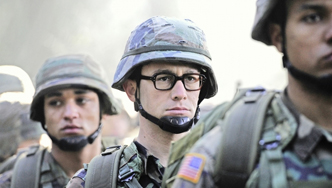 Armond White reviews Oliver Stone's Snowden for
Armond White reviews Oliver Stone's Snowden for 